Majora’s Mask is sometimes considered one of the black sheep of the Legend of Zelda games. In this game, originally released for the Nintendo 64 in 2000, Link isn’t set out on a quest in Hyrule to save Princess Zelda. Instead, it’s a brand new experience for our hero.
Many people are put off from playing Majora’s Mask due to the three day “time limit,” but there’s a lot to love that makes it one of the best Zelda titles of all time. Here are 10 reasons why Majora’s Mask is still worth playing 20 years later.
Story
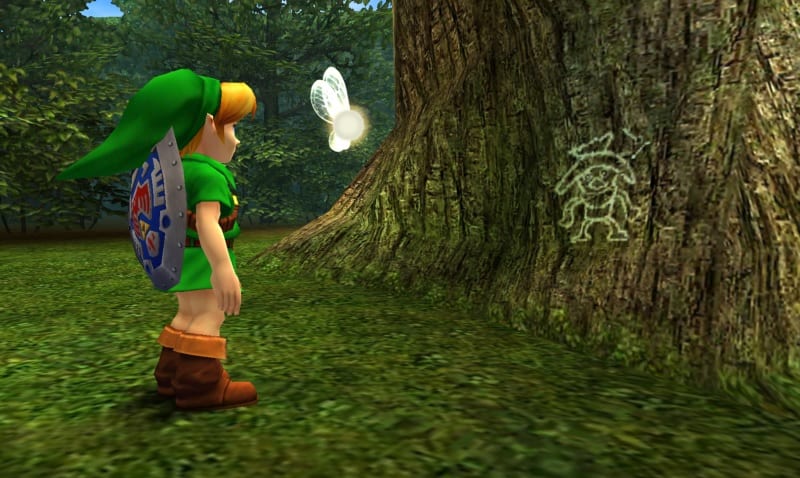
Majora’s Mask goes beyond the typical Zelda formula of “Link saves Zelda and Hyrule from Ganon.”
Instead, it’s a direct sequel to Ocarina of Time in which our hero is on a personal journey to find his old partner, Navi. As he rides his horse Epona through a mysterious forest, he is attacked by a Skull Kid wearing a mask.
After a chase, Link falls through a dark tunnel that transports him to the land of Termina, where the Skull Kid curses him by turning him into a Deku Scrub. The Skull Kid has summoned the moon to fall onto Termina in exactly three days, so Link starts a new quest to stop this from happening.
On the journey to save Termina, you can learn so much about the land, its residents, and the Skull Kid himself. The story is much more developed than any Zelda game that came before it.
Side Quests
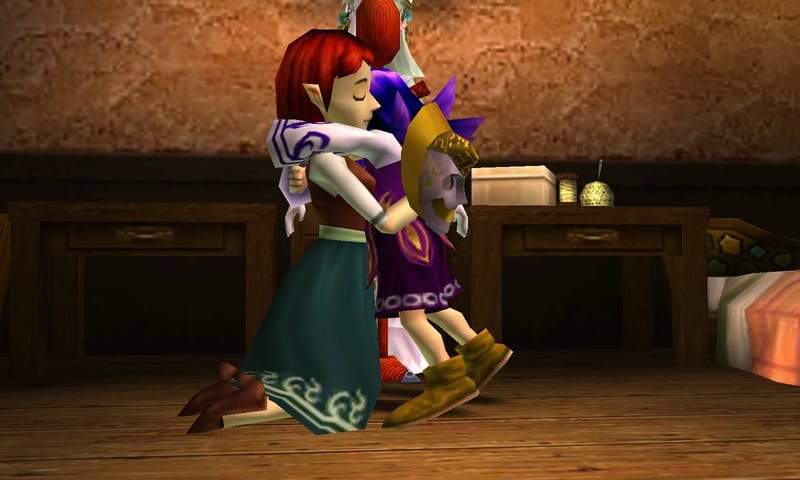
Majora’s Mask has the best side quests of any Zelda game. None of the others even come close.
Because of the game’s three day cycle, the world changes during each of the days, so there’s so much to discover as time goes on. They make the world feel so alive. Some of the side quests span over the course of more than one in-game day, which leads to complex missions and story lines.
The Bomber’s Notebook in Majora’s Mask 3D on the 3DS makes it much easier to keep track of and pursue the game’s side quests.
Who could forget one of the most famous Zelda side quests of all: reuniting Anju and Kafei, lovers who were engaged but were separated due to Majora’s curse.
This multi-step quest involves careful planning and learning about each of the characters to reunite them and hold their wedding in secret.
Characters
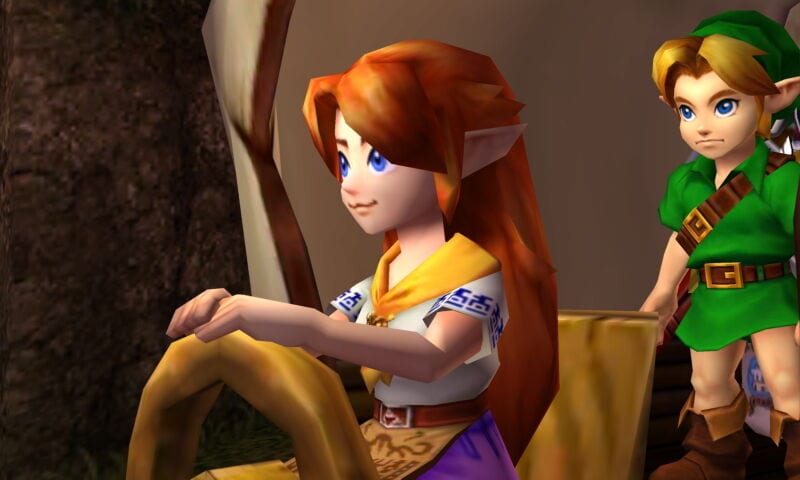
The characters in Majora’s Mask goes hand in hand with the side quests. Even though many of the character models were reused from Ocarina of Time’s assets, they tended to have greater depth in the sequel.
These characters often felt more real and had more purpose. Nearly every character had a quest associated with them, so you learned all about how each one was personally affected by Majora. You genuinely wanted to save these characters from their inevitable doom in three day’s time.
Even some of the races, such as the Zoras and Gorons, were repurposed in Majora’s Mask, and their respective homes were very different instead of rehashed from what they were in Ocarina of Time.
The characters in this game were so fleshed out that some denied that the moon was falling despite the evidence right in front of them. I think that was a bit more realistic than we realized at the time…
Atmosphere
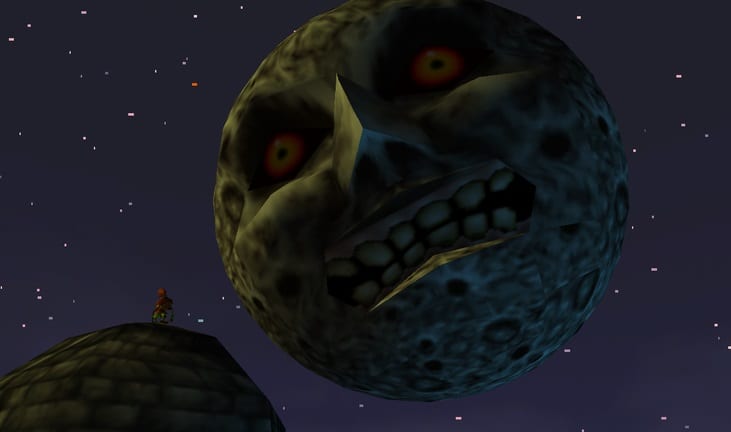
To this day, I maintain that Majora’s Mask is the darkest of all Zelda games. Even though Twilight Princess is quite literally dark and has the creepy aspects of the Twilight Realm, it doesn’t come close to the tone and atmosphere of Majora’s Mask.
The three day cycle really set the tone of the game. Many people didn’t like this time limit since it sometimes felt like you had to rush to get things done before you had to reset back to the first day.
However, this adds to the sense of panic and inevitable doom that the world tries to build. As the clock ticks on that third day as you rush to complete a quest or dungeon before time runs out, you feel the fear and anxiety that the characters would be experiencing as their fate draws near.
Watching Clock Town clear out completely by the final day is incredibly spooky as it’s a stark contrast of what it was supposed to be: a crowded carnival celebration.
There are so many subtle and not-so-subtle dark aspects of the game: wearing the faces of dead characters as masks, encountering characters who have been disfigured or transformed, and even saving a ranch from an alien invasion.
Art Direction
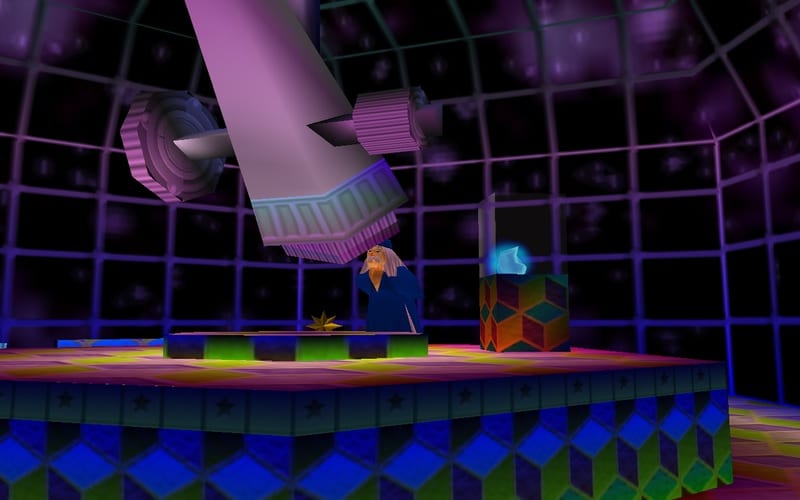
Even though Majora’s Mask took assets from Ocarina of Time, it still stands on its own when it comes to the art style. Nintendo didn’t need to reinvent the wheel here, yet they still improved how the game looked.
Many of the character models were indeed reused, but this added to the mystery of the world: were these actually the same characters we met in Ocarina of Time. Is Termina actually real, or is it all in Link’s head? The theories run wild here.
Some parts of Termina had many washed-out colors that reflected the misery and doom, but characters and important areas often popped with bright colors like purples and greens. One example is the bright purple poisonous water in the swamp.
The game still looks beautiful today, especially with the updated graphics in the 3DS version.
Masks

We can’t talk about Majora’s Mask without talking about its main gimmick: finding and using masks throughout the course of the game. They didn’t replace Link’s toolbox of items but instead added to it.
Not all of them were mandatory, and some were only used once. But it’s worth pursuing every mask in the game because if you exchange all of them at the end, you get something special to help you in the final battle.
The three main masks allowed Link to transform into three races: Deku Scrub, Goron, or Zora.
Of the other 20 masks, many improved the gameplay, such as using the Great Fairy’s Mask to draw dungeon fairies closer to you or the Bunny Hood to run faster.
Others were just downright fun to use, even if it was just for a single side quest or as a reward for helping a character.
Music
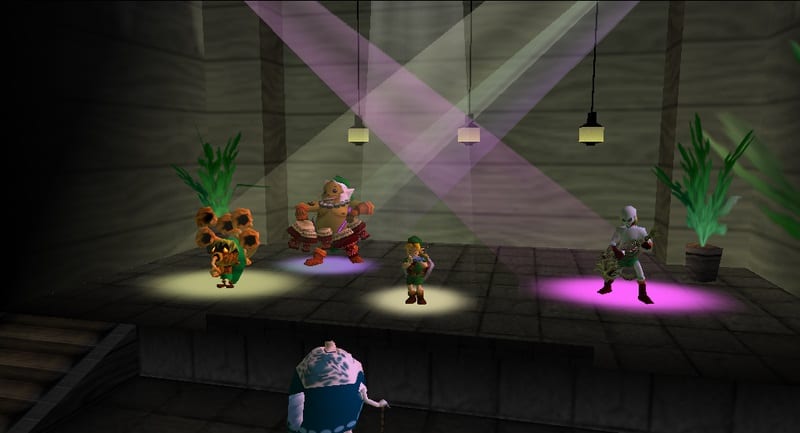
For a game that reused many of Ocarina of Time’s assets, it shares almost none of the same music. And even though the former had an incredible soundtrack, Majora’s Mask’s is somehow even better.
Just listen to some of the game’s songs, such as Astral Observatory, Deku Palace, Milk Bar, and Stone Tower Temple, and how they fit the tone of their respective areas perfectly.
The music in Clock Town changes each day and night over the three day cycle, gradually becoming faster and more panicked as the moon draws closer.
Some of the music from Ocarina of Time is referenced, such as the Goron Racetrack, which sounds similar to the Lon Lon Ranch Horse Race in the former game.
Even the overworld theme of Termina Field is different from that of Hyrule Field, which reminds you that you’re on a new adventure in a totally unfamiliar world.
Overworld
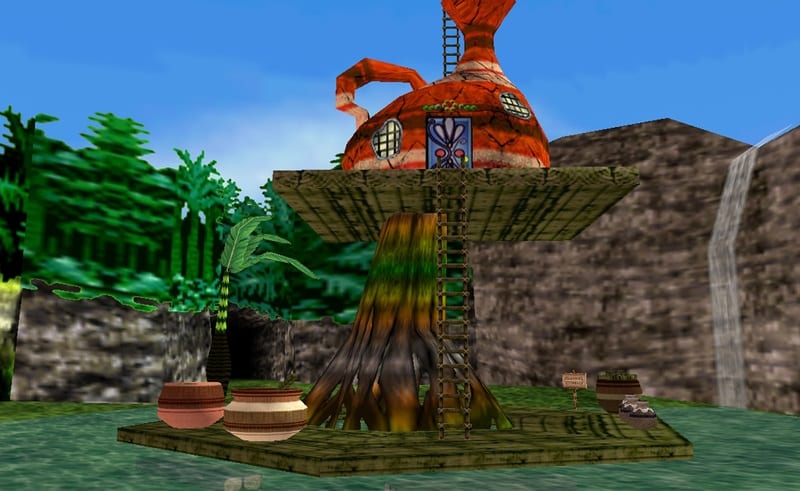
Speaking of the overworld, Termina improves upon Ocarina of Time’s Hyrule greatly. At first, the game limits you to Clock Town for the first three day cycle, acquainting you with the gameplay and what will eventually serve as a sort of hub world for the rest of your journey.
Once you acquire your sword and ocarina, the rest of the world begins to open up. You can leave Clock Town to go to Termina Field and start exploring.
Not every area of the game is accessible at this point; you’ll need some more items before you can reach all of the other places. But this keeps you from getting lost or overwhelmed, especially with so much to do in a three day cycle.
All four main areas of the game are unique not only from each other but also from Ocarina of Time—you encounter a poisonous swamp, a snowy mountain, a bay-side beach, and a cursed canyon.
Each have their own problems that must be solved, and once they are, these areas transform and provide new things to discover.
Dungeons
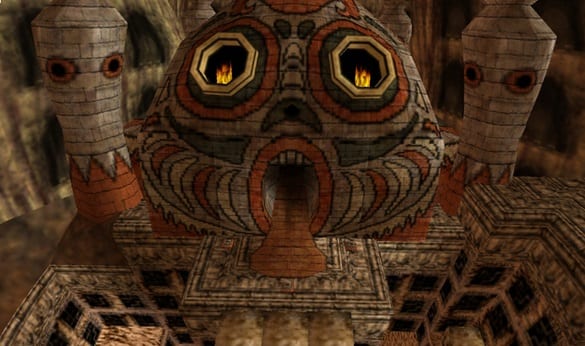
One of the biggest criticisms of Majora’s Mask is that there are only four main dungeons. However, there is a huge case of quality over quantity in this game.
Even though there are only four, they are designed incredibly well and have fun, memorable boss fights.
The dungeons also feel more meaningful to complete because you aren’t doing it just to get an item needed to progress in the game. In each area, you learn about the struggles of the characters who live there and how you can lift their curse by defeating the dungeon boss.
After a dungeon is completed, you can see the area restored to its former glory (even if only temporary until you go back in time to day one). Each dungeon also has optional fairies to collect that can earn you upgrades and rewards.
The best dungeon of all four is definitely the final one, Stone Tower Temple. From the gimmick of flipping it upside-down to the giant-sized boss at the end, it’s an incredibly memorable experience.
Final Sequence
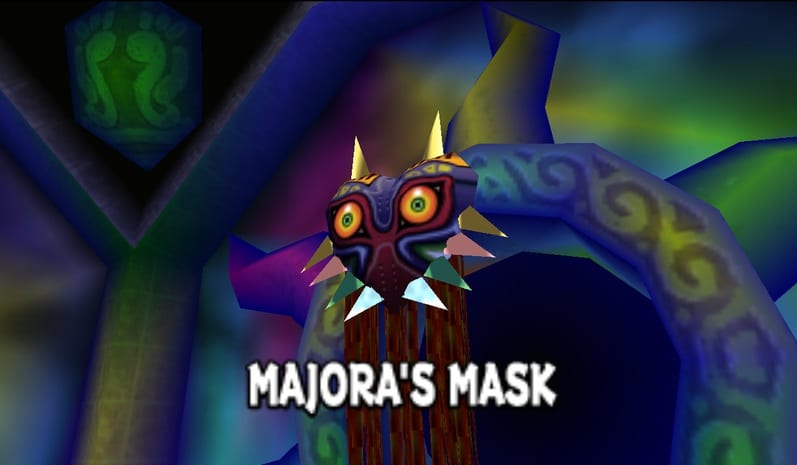
End of game spoilers ahead for people who haven’t finished Majora’s Mask!
Majora’s Mask’s final sequence is one of the strangest yet most amazing endings of any Zelda game.
After finishing the four dungeons and freeing the giants, it’s time to face the Skull Kid. However, Majora’s Mask abandons his body and flies up into the mouth of the falling moon.
Link follows it up and finds himself in an eerily quiet and peaceful field with a large tree in the center. Four kids wearing the boss masks are playing around the tree, while one child wearing Majora’s Mask sits alone.
You have two options: play games with the kids by exchanging your masks, or talk with the lone child to go straight to the final boss. By playing all of the games and exchanging every single mask, you’ll receive a special item called the Fierce Deity Mask, which transforms Link into a powerhouse for the final battle.
Otherwise, playing with the lone child under the tree begins the battle with Majora’s Mask, which has several bizarre and difficult phases to the fight. Once defeated, peace is finally restored to Termina, and the credits show the carnival and everyone’s lives returning to normal.
All images courtesy of Zelda Wiki.




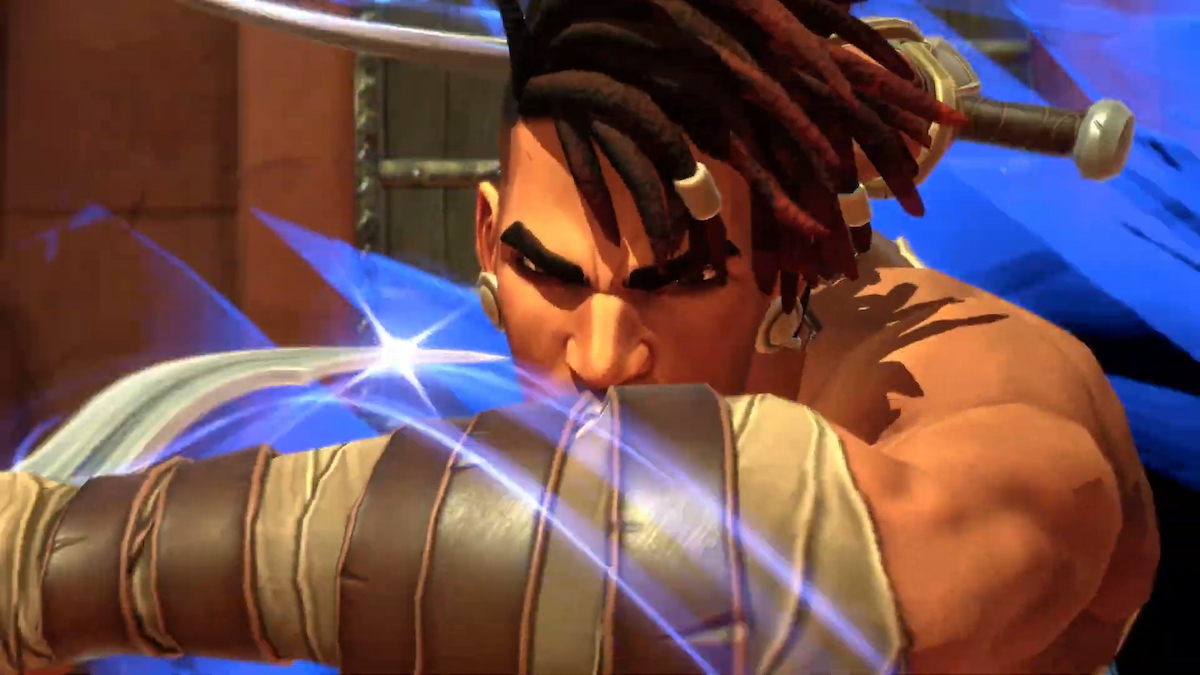
Published: Oct 26, 2020 01:30 pm